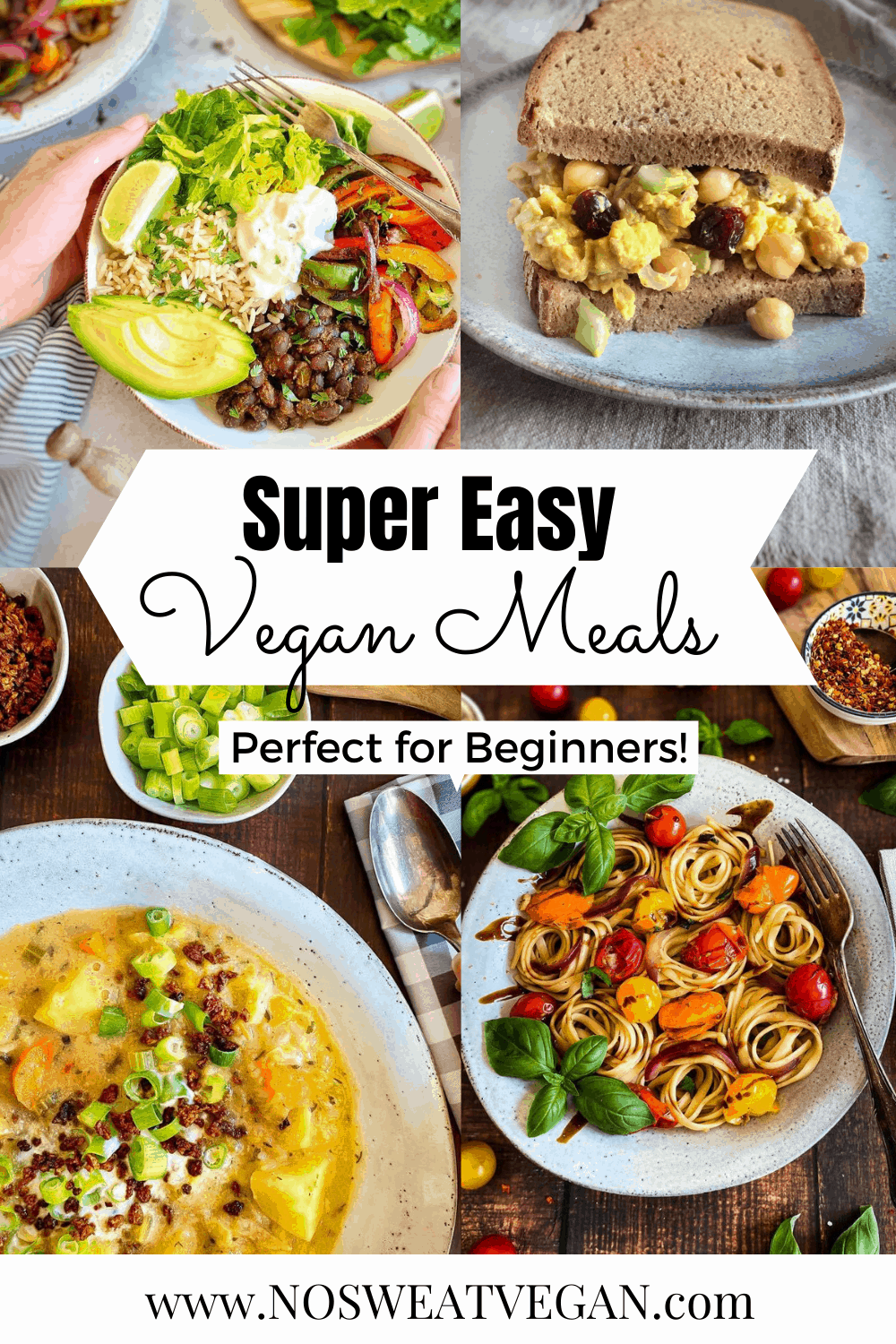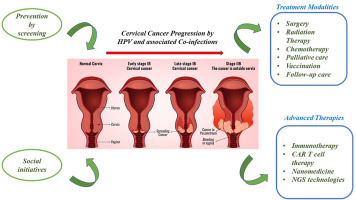
A plant-based diet may be an option if you are looking for ways to get in the shape Tom Brady is in. Lindsey Vonn and other athletes have adopted a plant based diet. Some people, such as Novak Djokovic follow a TB12-based diet.
Tom Brady's diet
Tom Brady does not consider himself vegan, but he does follow a plant-based diet. Brady chooses to eat vegetables and grains over meat, fish and eggs. According to Tom Brady's official website 80 percent of his diet is comprised of plants and 20% lean meats. He avoids sugary snacks, prepackaged condiments, and sugary snacks.
While Tom Brady's diet may be less restrictive than in previous iterations of his, there are still some dangerous foods. The diet excludes healthy carbs, which can cause nutrient deficiencies and bone problems. This diet relies heavily on protein shakes and other brands. The TB12 program used branded products in its previous diets.

TB12 diet
A plant-based diet offers a healthy, sustainable way to eat. It is free from cholesterol, trans fats, artificial color and flavors, and contains no trans fats. It's also rich in protein, which is vital for building lean muscle. Another benefit of this diet is that it is low in carbohydrates, and it is suitable for a keto diet. It is also completely free of GMOs and gluten.
The TB12 plant-based diet consists of a plant-forward diet with lots of fluids and protein. This diet is not like the other TB12 diets. However, there are some limitations. One of those limitations is the high reliance upon protein shakes, which goes against the TB12 philosophy "Real Food, First".
Gisele Bundchen's plant-based diet
Gisele Bundchen advocates eating a plantbased diet. Brazilian model Gisele Bundchen used alcohol, fast food and cigarettes to fuel her body. However, she now believes in a plant based diet. She avoids processed food and only eats organic, fresh fruits and vegetables. She also intermittently fasts twice a week. Her diet consists mostly of fruits, vegetables and whole grains with occasional meat.
The diet is not only beneficial for your health, but also provides energy and a better quality of life. The diet is not a quick fix, and it will require some research on your part. You can lose weight and have a healthier physique with this diet.

Novak Djokovic’s plant-based diet
Novak Djokovic has a very interesting diet. Novak Djokovic strictly eats plants and avoids all animal products. He has said that his lifestyle has improved his health, fitness, and overall well-being. He is vegan even though many don't consider him a vegan.
Djokovic was also able to overcome his allergies and improve the endurance with a plant-based lifestyle. Novak Djokovic is not sure why he started a plant based diet. However, he has found it to be effective. He gives several reasons, including environmental, ethical, and performance.
FAQ
How do I know what's good for me?
Listening to your body is essential. Your body knows what you need when it comes time to eat, exercise, and get enough rest. You need to be aware of your body and not overdo it. Pay attention to your body, and ensure that you're taking care of your health.
What are 10 healthy habits you can adopt?
-
Get breakfast every morning.
-
Don't skip meals.
-
Be balanced.
-
Get lots of water.
-
Take care your body.
-
Get enough sleep.
-
Avoid junk food.
-
Daily exercise
-
Have fun
-
Make new friends.
What should I be eating?
Get lots of fruits & vegetables. These vegetables and fruits are rich in vitamins and minerals that will keep your immune system strong. They are also rich in fiber, which is good for digestion and makes fruits and vegetables filling. Aim to eat five to six servings of fruit or veg each day.
Drink plenty of water. Water flushes toxins from your body and helps you feel full between meals. Drink about eight glasses each day.
Choose whole grains over refined ones. Whole grains contain all of their nutrients, including B vitamins and iron. Refined grains are stripped of some of their nutritional value.
Avoid sugary drinks. Sugary drinks are high in empty calories and can lead to obesity. Instead, you can opt for water or milk, as well as unsweetened herbal teas.
Avoid fast food. Fast food has little nutritional value. You won't get the energy you need to function well, despite how delicious it may be. Stick to healthier options such as salads, soups, sandwiches, and pasta dishes.
Reduce your alcohol intake. Alcohol contains empty calories and contributes to poor nutrition. Limit the number of alcoholic beverages you consume per week to no more that two.
Reduce red meat intake. Red meats are high in saturated fat and cholesterol. Instead, choose lean cuts of beef and pork, lamb, chicken or fish.
Is being cold good for your immune system.
Cold can make you less immune to infection because your body makes fewer white blood cells, which are essential for fighting infections. Being cold can make you feel more comfortable because your brain releases endorphins which help reduce pain.
Statistics
- In both adults and children, the intake of free sugars should be reduced to less than 10% of total energy intake. (who.int)
- According to the 2020 Dietary Guidelines for Americans, a balanced diet high in fruits and vegetables, lean protein, low-fat dairy and whole grains is needed for optimal energy. (mayoclinichealthsystem.org)
- According to the Physical Activity Guidelines for Americans, we should strive for at least 150 minutes of moderate intensity activity each week (54Trusted Source Smoking, harmful use of drugs, and alcohol abuse can all seriously negatively affect your health. (healthline.com)
- WHO recommends consuming less than 5% of total energy intake for additional health benefits. (who.int)
External Links
How To
What does the term "vitamins" mean?
Vitamins are organic compounds naturally found in food. Vitamins help us absorb nutrients from foods we eat. The body cannot make vitamins; therefore, they must be obtained from food.
Two types of vitamins exist: water soluble and oil soluble. Water soluble vitamins dissolve easily in water. You can find vitamin C,B1 or thiamine, B2 or riboflavin and B3 or niacin. B6 is pyridoxine. Folic acid, biotin and pantothenic are some examples. The liver and fat soluble vitamins are stored in fatty tissue. Vitamin D, E, K and A are some examples.
Vitamins can be classified according to biological activity. There are eight major groups of vitamins:
-
A – Essential for normal growth, and the maintenance of good health.
-
C - vital for nerve function and energy generation
-
D – Essential for healthy teeth, bones and joints
-
E - required for good vision & reproduction.
-
K - Required for healthy nerves and muscles.
-
P - essential for strong bones, teeth and tendons
-
Q – aids digestion and absorption.
-
R – Required for making red blood vessels.
The recommended daily allowance (RDA), for vitamins, varies based on gender, age, and physical condition. The U.S. Food and Drug Administration sets RDA values.
For adults aged 19 and older, the RDA for vitamin B is 400 micrograms daily. Pregnant women require 600 micrograms daily to support fetal development. Children ages 1-8 require 900 micrograms per day. Infants below one year of age need 700 micrograms daily. But, between 9 months to 12 months of age, the amount drops to 500micrograms per days.
Children between the ages of 1-18 need 800 micrograms per daily for obesity, while those overweight require 1000 micrograms. To meet their nutritional needs, children underweight and obese need 1200micrograms.
Children between 4-8 years of age who have been diagnosed by anemia must consume 2200 micrograms daily of vitamin C.
2000 micrograms daily is required for adults over 50 to maintain their general health. Because of their higher nutrient needs, women who are pregnant or nursing need 3000 mg per day.
Adults over 70 years of age need 1500 micrograms per day since they lose about 10% of their muscle mass each decade.
Women who have been pregnant or are lactating require more than the RDA. Pregnant woman need 4000 micrograms daily in pregnancy and 2500 per day after childbirth. Breastfeeding moms need 5000 micrograms per daily when breastmilk production occurs.